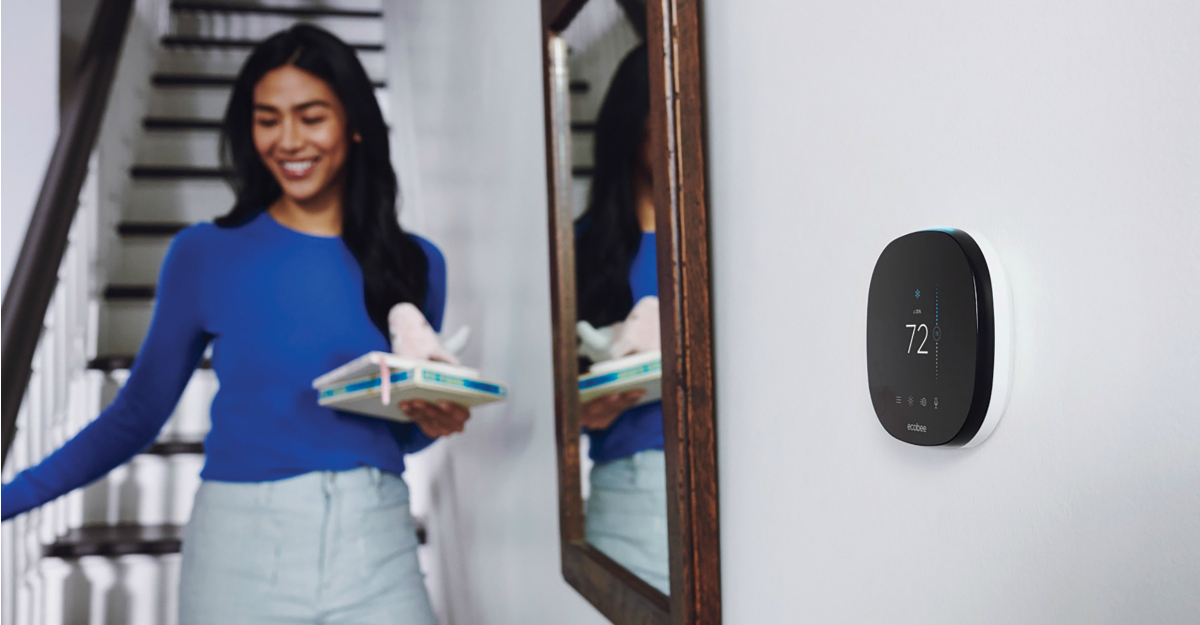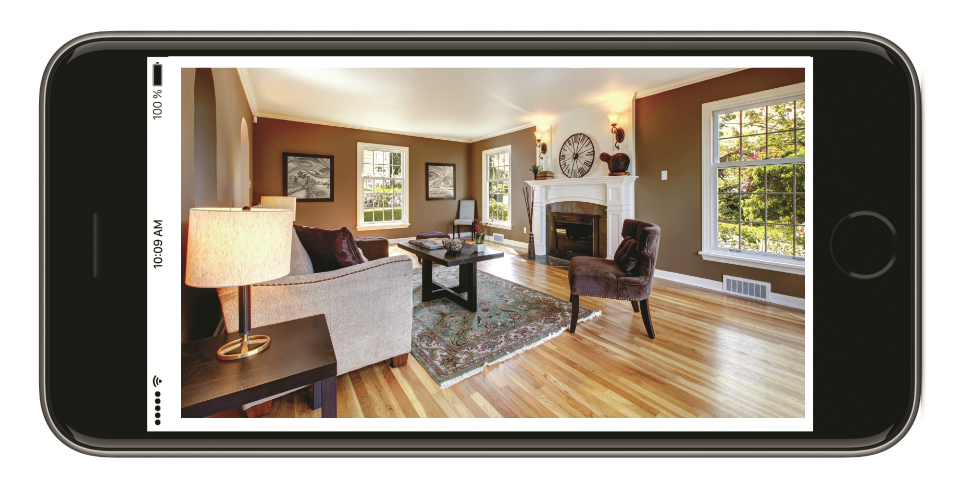For even the savviest tech enthusiasts, outfitting a home with new technology can be daunting. When designing a house, a technology blueprint can be just as useful as a traditional construction plan. If you’re overwhelmed by the process—or you’re excited to kick- start it—this primer will help outfit your home with all your technology and AV needs.
Assess the Equipment
While it’s hard to imagine technology as personal, selecting the right technology and AV equipment is uniquely individual.
“The starting point is different for everyone, depending on budgets, timeframe and goals,” says Andy Blakey, director of marketing at Elite A/V & Automation. “An important beginning is thinking of the end game—what do you want your house to ultimately do? That could be automating the window shades or lights, or being wired for sound.”
Lifestyle is integral to selecting the right equipment. “It depends on what’s important to the owner—security, lighting control, entertainment systems, et cetera. That dictates priority,” says Joe Crary, owner of Crary Construction.
“As a custom builder, we build homes that fit people’s lifestyles so we learn how they like to interact with technology, and design a system to fit those needs,” says Crary. “That could range from simple lighting control, to a full integration of temperature, window shades, TV or audio systems.”
“Home security is [also] a common starting point,” says Ken Bowers Jr., vice president of Bowers Construction. “Most people want their homes to be secure, and to [be able to] control it from a distance.”
Separate Must-Haves from Fast Fads
With the vast amount of smart home features and AV options, narrowing down the items your home needs can become a black hole.
The rules of moderation apply to home technology. Crary recommends selecting the basic options to be able to upgrade as time goes on, because investing in extensive custom technology systemscanbedifficulttorecoup during resale.
Since technology is so fleeting, tech gadgets become easily outdated. “Apps become outdated quickly, so eventually certain technologies, such as smartphone-controlled window shades, won’t talk to each other,” says Blakey.
Bowers expects to see less television receivers and more smart TVs. “Everything is accessible on the internet,” he says. “Electronic hubs with stacks of DVDs used to be the norm. Now, everything can be run through a smart TV with an internet connection.”
Timing is Everything
Particularly important in new construction, a smart home plan should be drafted up pre-drywall, in the early construction stages.
“There are plenty of wireless options, but nothing is better than running a cable through the walls,” says Blakey. “If you want to stream multiple TVs, wireless doesn’t keep up as well; it becomes too bandwidth heavy.”
“So much can be done wirelessly, but having the right hardware in place eases the strain on a wireless network,” agrees Crary.
If you’re looking to step up the technology in your current home, there are still easy ways to boost what you have. “When upgrading a home, it’s easy to fish wire through the attic or unfinished areas of the basement. [And] at the very least, it is simple to do drywall repair,” says Blakey.
Manage the Tech
Once you’ve identified your technology and AV needs, implementation can be DIY or through a technology company. Prior to implementing, it is helpful to select an assistant to help control the various tech elements.
“The assistant, such as Google Home or Amazon’s Echo, is what makes your house a smart home,” saysBlakey.“This is just a vocal control point. Google and Alexa don’t make light switches, window shades, audio systems or home theaters; they simply voice control everything else.”
Crary finds the most common smart home functions home-owners typically gravitate to include wireless speakers (such as Sonos), a smart thermostat (such as the Nest) or a smart-phone garage door opener.
Maintaining Your System
As with any home upgrade, technology does require regular maintenance.
“Many integration companies offer maintenance plans,” says Crary. “Instead of being reactive, you’re paying for a service provider to be proactive.”
“An outside company will ensure the system works forever, and can even do remote updates,” says Blakey.
Thrilling Theaters
When it comes to home theaters, many find the open concept living space trend is expanding into this area, too.
“Over the last few years, we’ve seen less theaters with stadium seats, a sound system, a big screen and dark room. We’re now seeing it being brought into the full basement, so more people can watch the movie,” says Andy Blakey, director of marketing at Elite A/V & Automation.
Creating an open-area viewing space adjacent to gathering spots provides the option to watch the game, while still being part of the party.
“If you’re looking to have a theater for entertaining reasons and not movie nights, putting the theater area adjacent to the bar allows you to still have an 85-inch TV, but everyone can watch it,” says Ken Bowers Jr., vice president of Bowers Construction.
“For a private home theater, the room should be isolated acoustically. A dense wall will absorb low frequencies and separation so sound can’t travel. Avoid parallel walls, which make sounds reverberate back and forth,” says Blakey. “Lastly, involve a tech company as early as possible to address all these issues.”
Bowers says, “Understanding how the room will be used is key to a successful home theater. Family size and how often you entertain will impact the room size. If your kids are gamers, you may want multiple viewing screens. Find out the answers to these questions before developing what the room will be used for.”
When you start planning your home theater, be sure to establish a budget and expectation for what can be done within that range.
Joe Crary, owner of Crary Construction, cautions against spending too much on a home theater. “Think about the long-term. In three years, you may want to change to room to something different based on lifestyle changes. Avoid the most expensive options.”
By Deanna Kane






2 thoughts on “Your Guide to Transforming Your House Into a Smart Home”
Comments are closed.